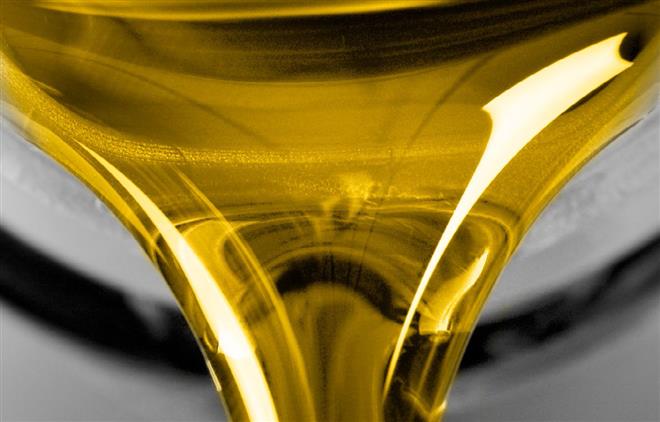 "What are the possible sources of silicon in oil?"
"What are the possible sources of silicon in oil?"
Silicon is measured by oil analysis labs to determine dirt ingression. More often than not, high silicon readings indicate dirt. However, there are several other possible sources. The four most common are:
1. Defoamant Additive — Many oils contain defoamants based on polymeric methyl silicone. Because silicone contains the element silicon, the presence of this kind of additive will show a positive silicon reading in spectrometric analysis. The typical levels of silicon seen under these conditions are around 1 to 10 ppm.
2. Silicone-based Sealant — Many sealants used for industrial and mobile applications are silicone-based. The level of silicon observed will, of course, be directly related to the amount of sealant leaching into the lube system.
3. Casting Sand — Some components are made by casting in sand (silicon oxide). Although new components are cleaned thoroughly prior to installation, it is not uncommon to see 50 to 100 ppm of silicon from new equipment. This level should drop as the component breaks in and regular oil changes take place.
4. Coolant Contamination — Many engine coolants contain inhibitors that contain silicon. In an engine application, high silicon readings in conjunction with other elements such as sodium, potassium and boron may indicate a coolant leak.
Without other evidence, differentiating between additives, silicone and casting material as the source of silicon is difficult. However, dirt ingression can be determined by tracking both silicon and aluminum. For most common dirt, which contains the minerals silica and alumina, tracking silicon and aluminum, which should show up in lock step trend in the ratio 3.4-to-1, can be used to confirm dirt ingression.








